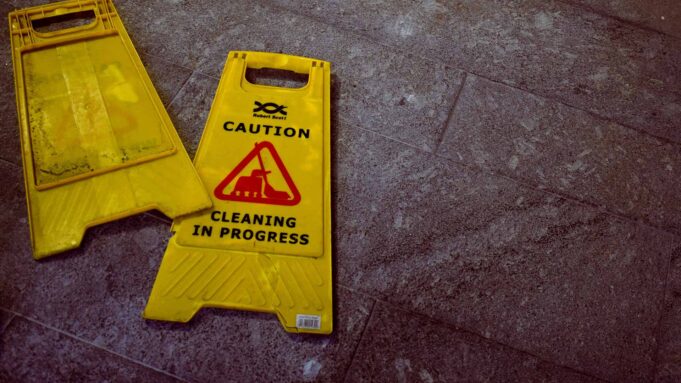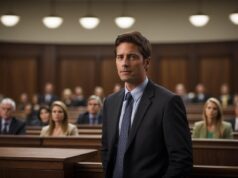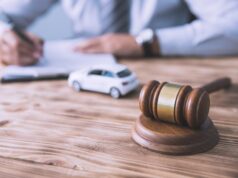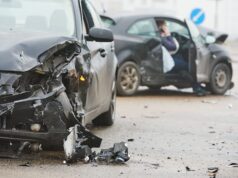Slip and fall incidents, often grouped under the expansive umbrella of premises liability claims, consistently rank among the leading culprits of accidental injuries across the globe. These accidents, which can be as unpredictable as they are sudden, have a reach that extends beyond mere statistics. They touch lives, disrupt routines, and often leave lasting impacts on individuals and their families.
Hollywood’s portrayal might occasionally lean towards the humorous side, with characters stumbling comically and evoking laughter. However, in the real world, the gravity of these incidents is far from a laughing matter. Their severity can range from minor discomfort to debilitating injuries or even fatalities.
Simple oversight — like an unnoticed spill on a supermarket aisle, a poorly lit stairwell, or a negligently maintained icy walkway — transform seemingly safe environments into potential danger zones.
Understanding the Nature of Slip and Fall Accidents
Various circumstances can lead to a slip-and-fall accident, and understanding the causes can be the key to prevention. Factors include:
- Wet and slippery surfaces ─ Some of the most common causes of these injuries are recently mopped floors, spilled liquids, and icy patches during winter.
- Tripping hazards ─ Loose carpeting, cluttered floors, or poorly placed cords can pose significant dangers.
- Poor lighting ─ Inadequate lighting can conceal potential hazards, making it difficult for individuals to navigate safely.
- Structural issues ─ Broken staircases, missing handrails, or uneven flooring can result in unexpected accidents.
A Look at Common Injuries
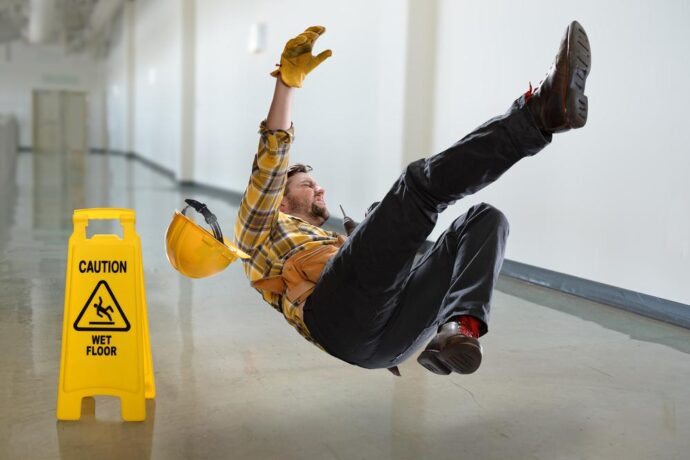
Here are 9 potential injuries to be aware of following a slip and fall.
1. Soft Tissue Injuries
While soft tissue injuries might not manifest as visible bruises or scars, they can be some of the most debilitating. These injuries can limit mobility, from minor sprains and strains to severe ligament and tendon tears.
Their insidious nature means that a victim might not experience immediate pain or discomfort, underscoring the importance of seeking medical attention after any fall to rule out underlying damage.
2. Cuts and Abrasions
A direct result of skin making abrasive contact with surfaces or sharp objects during a fall, these injuries can vary in severity. While some cuts might seem superficial, they can be gateways for infections.
Proper cleaning and medical treatment are essential to prevent complications and ensure even seemingly minor wounds don’t escalate into major health concerns.
3. Broken Bones
The unexpected nature of slip-and-fall incidents means victims often have little time to react. As a natural reflex, many extend their arms to break the fall, leading to broken wrists or arms. But the potential damage isn’t limited to these areas.
Depending on the intensity and angle of the fall, bones anywhere in the body can fracture. In severe cases, you may require surgical intervention for full recovery.
4. Head Injuries
Among the most severe consequences of slip and fall accidents are injuries to the head. The repercussions can be significant, whether it’s a mild concussion or a traumatic brain injury. Immediate symptoms might include dizziness, nausea, or disorientation, but long-term effects can manifest as cognitive impairments, mood fluctuations, and other neurological concerns.
5. Spinal Cord Injuries
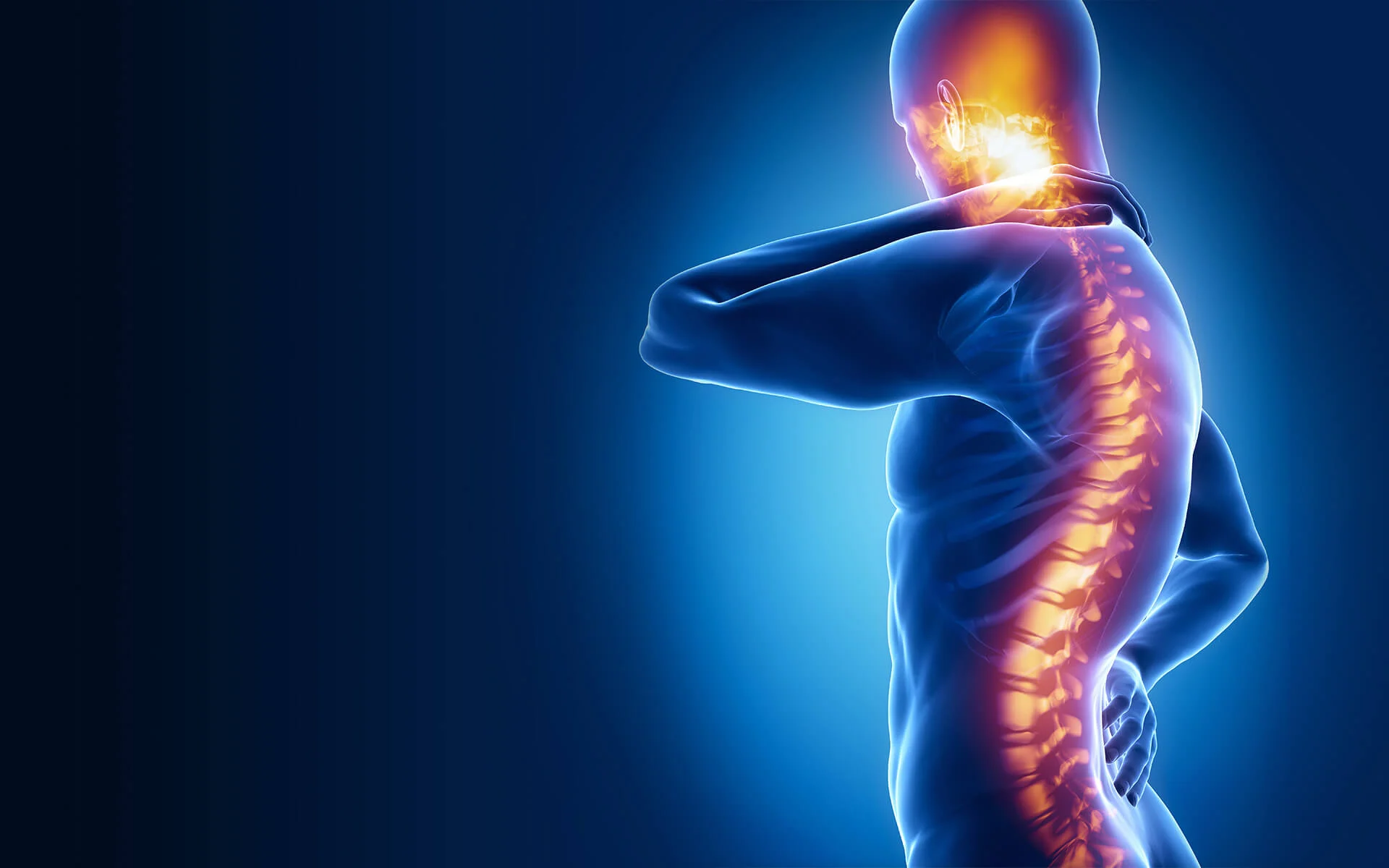
The spine is a vital structure in the human body, and it’s particularly vulnerable during falls. An unexpected jolt, twist, or direct impact can lead to many issues, from pinched nerves and herniated discs to catastrophic spinal cord damage.
The complications can range from temporary discomfort to permanent paralysis, making early diagnosis and treatment crucial.
6. Dislocations
Dislocations — where the ends of bones are forced from their regular positions — are intensely painful and can affect any joint, although shoulders and elbows are particularly vulnerable in falls. These injuries necessitate immediate medical attention, not just for pain relief but to ensure that the joint is properly reset and heals correctly, minimizing the risk of future complications.
7. Hip Fractures
For the elderly, a slip and fall can result in a dreaded hip fracture. Due to the challenges in healing and the potential complications, these injuries can be life-altering.
Many victims face surgical procedures followed by long periods of rehabilitation. Unfortunately, some never return to their previous levels of activity or mobility.
8. Bruises and Contusions
While a bruise might seem minor, it can be a tell-tale sign of more significant internal issues, especially if it manifests in critical areas like the head, chest, or abdomen. Any unusually large or painful bruise warrants a thorough medical examination to ensure no underlying trauma.
9. Emotional and Psychological Trauma
The scars from a slip and fall aren’t always physical. The emotional aftershock can linger long after bones heal and bruises fade. Victims might develop phobias related to the accident site, have recurring nightmares, or experience heightened anxiety.
In extreme cases, emotional trauma can evolve into post-traumatic stress disorder (PTSD), making psychological support and counseling an essential part of recovery.
Post-Fall Actions and Preventions
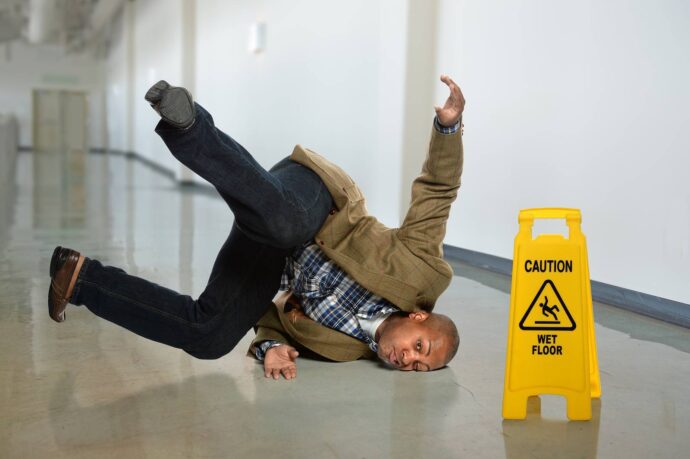
Document everything if you find yourself in a slip-and-fall incident. Take photos of where you fell and what caused it. If there were witnesses, get their contact information. This documentation can be vital if you decide to pursue a legal claim with a slip and fall accident lawyer in Manhattan.
Preventing falls is crucial. Property owners should ensure regular maintenance, prompt cleanup of spills, and clear signage indicating potential hazards. For individuals, wearing appropriate footwear and being aware of their surroundings, especially in adverse weather conditions, can reduce the risk.
Beyond the Immediate Impact
The aftermath of a slip and fall accident can extend beyond immediate injuries. The repercussions can be devastating, from mounting medical bills to missed work days and reduced quality of life.
If you believe your fall resulted from another’s negligence, it’s vital to consult with an experienced personal injury attorney. Understanding the depth and breadth of injuries common in these incidents can aid in ensuring victims receive the care and support they deserve.

